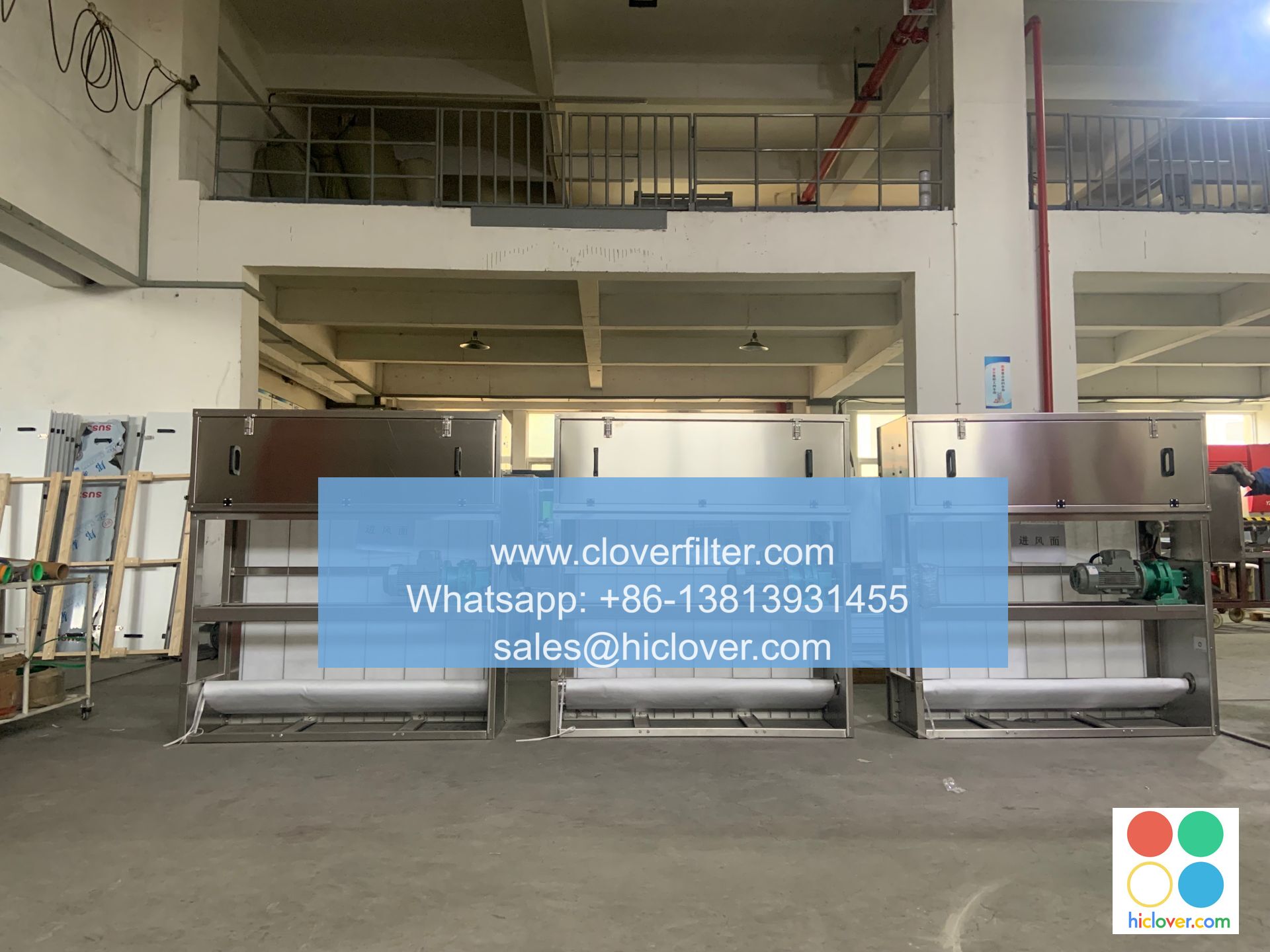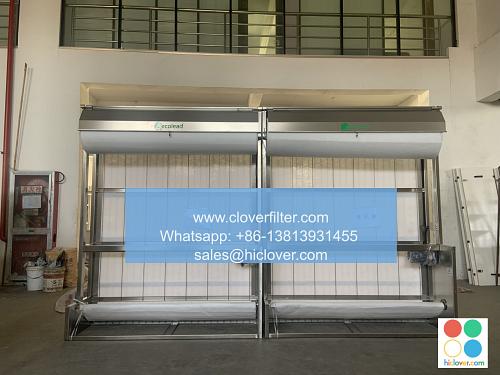Air Filter Cost Savings: A Guide to Design and Implementation

Air filtration systems are an essential component of maintaining good indoor air quality (IAQ) and preventing airborne contamination in various industries, including healthcare facilities, commercial buildings, and industrial processes. The cost of air filters can be substantial, but with a well-designed and implemented air filtration system, businesses can achieve significant energy efficiency, cost savings, and reduced maintenance expenses. In this article, we will explore the importance of air filter cost savings and provide a comprehensive guide on design and implementation.
Understanding Air Filter Costs
The cost of air filters depends on several factors, including filter type, size, and quality. High-efficiency particulate air (HEPA) filters, for example, are more expensive than standard filters but offer superior air purification and filtration efficiency. The cost of air filters can also vary depending on the application area, such as hospital rooms, laboratories, or industrial facilities. It is essential to consider the specific air quality requirements and regulations in each industry to select the most suitable and cost-effective air filtration system.
Designing an Energy-Efficient Air Filtration System
To achieve energy efficiency and cost savings, it is crucial to design an air filtration system that meets the specific needs of the application area. Some key considerations include:
* Airflow rates and pressure drops: Optimizing airflow rates and minimizing pressure drops can help reduce energy consumption and extend filter life.
* Filter selection and sizing: Choosing the right filter type and size can significantly impact energy efficiency and cost savings.
* System monitoring and maintenance: Regular monitoring and maintenance of the air filtration system can help identify areas for improvement and optimize system performance.
Implementation Strategies for Cost Savings
To maximize cost savings and energy efficiency, consider the following implementation strategies:
* Filter replacement schedules: Implementing a regular filter replacement schedule can help prevent premature filter failure and reduce waste disposal costs.
* Air filtration system upgrades: Upgrading to a more energy-efficient air filtration system can provide significant cost savings and reduced energy consumption.
* Monitoring and controlling indoor air quality: Continuously monitoring and controlling IAQ can help optimize air filtration system performance and reduce energy consumption.
Application Areas for Air Filter Cost Savings
Air filter cost savings can be achieved in various application areas, including:
* Healthcare facilities: Implementing energy-efficient air filtration systems in healthcare facilities can help reduce the risk of airborne contamination and provide a healthy indoor environment for patients and staff.
* Commercial buildings: Energy-efficient air filtration systems in commercial buildings can help improve IAQ, reduce energy consumption, and increase productivity.
* Industrial processes: Optimizing air filtration systems in industrial processes can help reduce airborne contamination, improve product quality, and increase efficiency.
Conclusion
In conclusion, air filter cost savings can be achieved through a well-designed and implemented air filtration system. By understanding the importance of air filter costs, energy efficiency, and application areas, businesses can optimize their air filtration systems to reduce energy consumption, minimize maintenance expenses, and improve indoor air quality. Whether in healthcare facilities, commercial buildings, or industrial processes, air filter cost savings can have a significant impact on business operations, employee health, and the environment. It seems like you didn’t include a prompt for me to respond to. Could you please provide more details or clarify what you’re looking for? I’m here to help with any questions or topics you’d like to discuss.

